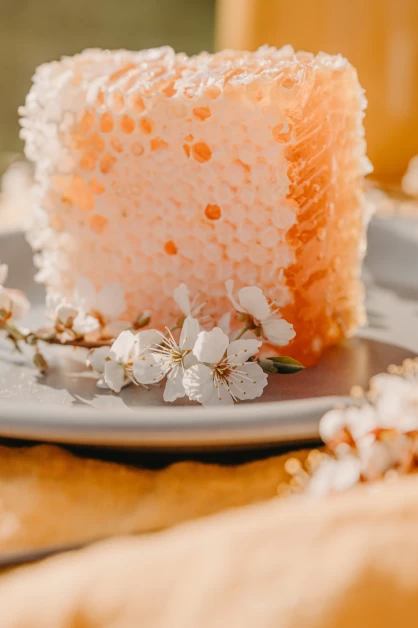Table of Contents
Manuka honey has gained recognition in the health and nutrition world for its unique properties and nutrient potency. However, not all Manuka honey is created equal, so it is important to know what to look for when purchasing this special honey. In this guide, we will discuss the key factors to consider when choosing Manuka honey, including its UMF (Unique Manuka Factor) rating, GMO-free and pesticide-free certifications, and ethical production practices.
What Makes Manuka Honey Different?
Manuka honey is raw honey from New Zealand that is derived from the nectar of the Manuka tea tree. What sets Manuka honey apart is its high levels of Methylglyoxal (MGO), a naturally occurring nutrient that possesses antibacterial properties. The unique flavor and texture of Manuka honey come from the sweet juices of the Manuka blossoms, which are only found in certain regions of New Zealand.
What to Look for in Manuka Honey
Not all Manuka honey is of the same quality, and there are different grades and ratings to consider. Here are the key factors to look for when choosing Manuka honey:
UMF Rating
The UMF rating is an important indicator of the quality and potency of Manuka honey. UMF stands for Unique Manuka Factor and represents the concentration of MGO and other key bioactive compounds in the honey. Look for Manuka honey with a UMF rating of 10+ or higher for maximum health benefits.
MGO Rating
In addition to the UMF rating, you should also consider the MGO rating of the Manuka honey. MGO stands for Methylglyoxal, the main bioactive compound in Manuka honey. The higher the MGO rating, the stronger the honey’s unique taste and beneficial properties will be. Look for Manuka honey with a high MGO rating for maximum potency.
GMO-Free and Pesticide-Free Certifications
To ensure the purity and quality of Manuka honey, look for products that are certified GMO-free and pesticide-free. These certifications guarantee that the honey has been produced without the use of genetically modified organisms or harmful pesticides. By choosing GMO-free and pesticide-free Manuka honey, you can be confident that you are consuming a product that is free from any harmful substances.
Ethical Production Practices
Supporting ethically produced Manuka honey is not only good for your health but also for the environment. Look for companies that practice ethical beekeeping, which includes leaving enough honey for the bees to sustain themselves and minimizing stress on the hives. By choosing ethically produced Manuka honey, you are contributing to the well-being of bees and promoting sustainable beekeeping practices.
Taste and Texture
While purity and potency are important factors to consider, taste and texture are also significant. The highest quality Manuka honey will have a dark color and a rich, earthy flavor. Its texture should be thick and creamy, resembling sticky caramel. When choosing Manuka honey, opt for one that offers a unique and delicious taste experience.
Traceability
Traceability is another important factor to consider when choosing Manuka honey. Look for products that provide detailed information about the honey’s origin, including the harvest location and even the beekeeper behind the production. This transparency ensures that you know exactly where your honey comes from and how it has been produced.
Conclusion
When purchasing Manuka honey, it is crucial to consider its UMF rating, MGO rating, GMO-free and pesticide-free certifications, ethical production practices, taste and texture, and traceability. By choosing high-quality Manuka honey that meets these criteria, you can be confident that you are consuming an authentic and beneficial product. Enjoy the unique flavor and health benefits of Manuka honey by making an informed choice.

